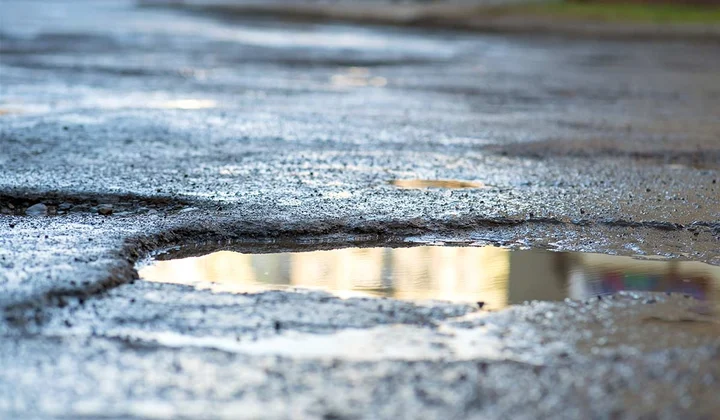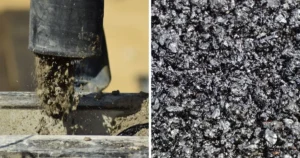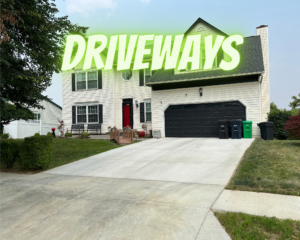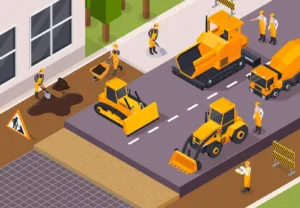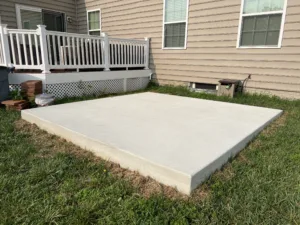Your driveway is more than just a place to park your car; it’s the welcome mat to your home and a crucial part of your property’s curb appeal. Over time, however, it can fall victim to potholes, cracks, and erosion, turning your smooth entrance into a bumpy ride. Fortunately, with the right knowledge and tools, you can resurrect your driveway, restoring its appearance and functionality. This comprehensive guide will walk you through the steps to repair common driveway issues and prevent future damage.
Understanding Driveway Damage
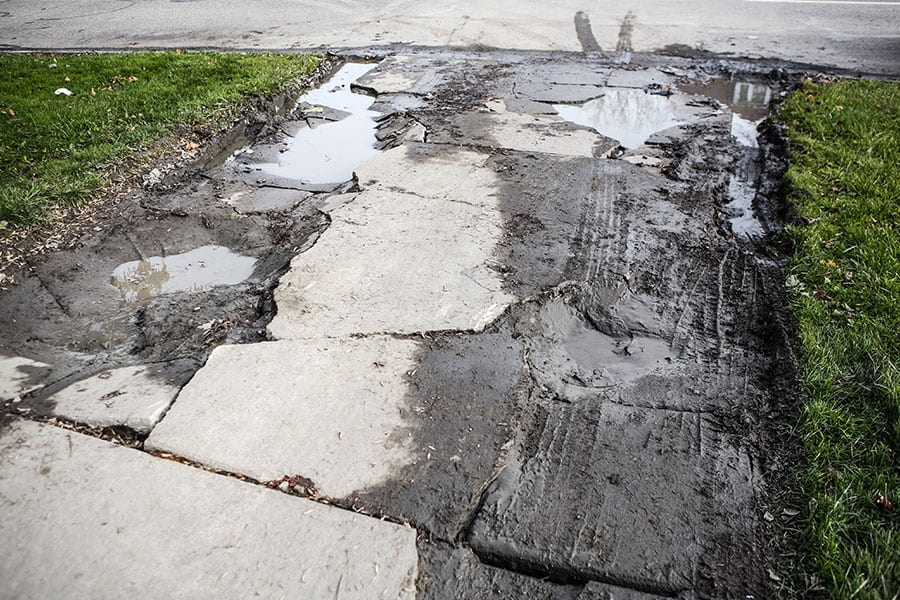
Before diving into repairs, it’s essential to understand the common types of driveway damage:
- Potholes: Usually caused by water seeping through cracks and freezing, expanding, and then thawing, leading to the asphalt or concrete breaking apart.
- Cracks: Can be caused by a variety of issues, including weather, poor installation, or heavy loads.
- Erosion: Often occurs in gravel driveways or the edges of asphalt and concrete driveways, caused by water runoff and lack of proper drainage.
Step 1: Assessing the Damage
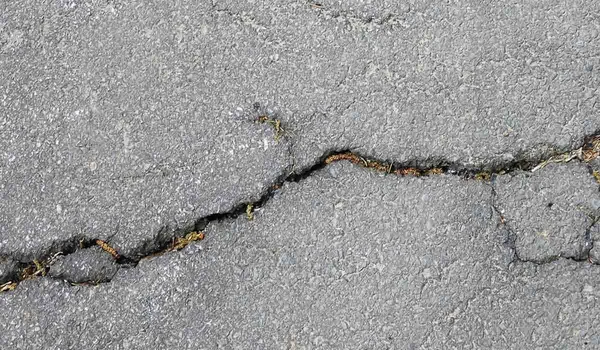
Start by carefully inspecting your driveway to determine the extent and type of damage. Small cracks and holes are typically manageable DIY projects, while larger issues may require professional assistance.
Step 2: Gathering Materials
For most repairs, you’ll need:
- Pothole Patching Material: Ready-mix asphalt or concrete for filling potholes.
- Crack Filler: Specialized compounds designed to seal cracks in asphalt and concrete.
- Sealant: For coating and protecting the driveway after repairs.
- Tools: Such as a trowel, tamper, broom, and hose.
Repairing Potholes
- Clean the Area: Remove any loose material, debris, and dust from the pothole.
- Apply Patching Material: Fill the hole with a ready-mix asphalt or concrete patching material. Overfill slightly to account for settling.
- Compact the Patch: Use a tamper or the back of a shovel to compact the material firmly in the hole.
- Smooth the Surface: Ensure the patch is level with the rest of the driveway.
Sealing Cracks
- Clean the Crack: Remove debris and vegetation from the crack using a screwdriver or similar tool, then clean with a broom or hose.
- Apply Crack Filler: Use a crack filler or sealant designed for your driveway material. Follow the manufacturer’s instructions for application.
- Smooth and Let Dry: Use a trowel to smooth the filler and allow it to dry completely.
Addressing Erosion
- Identify the Cause: Look for signs of water pooling or running off in certain areas.
- Redirect Water: Consider installing drainage solutions like channels or pipes to redirect water away from the driveway.
- Replenish Material: For gravel driveways, add and compact additional gravel. For asphalt or concrete, consider adding supporting material on the sides.
Step 3: Preventing Future Damage
- Regular Maintenance: Regularly clean your driveway and remove any debris, chemicals, or spills that can break down the material.
- Sealant Application: Apply a sealant every few years to protect against weather and wear.
- Proper Drainage: Ensure your driveway has proper drainage to prevent water accumulation and erosion.
- Avoid Heavy Loads: Heavy vehicles or equipment can cause additional stress and damage.
When to Call a Professional
While many minor repairs are manageable on your own, significant damage might require professional intervention. If you’re facing large potholes, widespread cracking, or severe erosion, it might be time to call in a professional paving company.
Conclusion
Resurrecting your driveway from the clutches of potholes, cracks, and erosion not only improves the aesthetics of your property but also its safety and value. With the right approach and regular maintenance, you can keep your driveway smooth, functional, and welcoming for years to come. Remember, a well-maintained driveway is more than just a path to your home; it’s a reflection of the care and attention you put into your entire property. So don’t wait for the damage to worsen. Take the steps today to ensure your driveway is a worthy introduction to your home.

